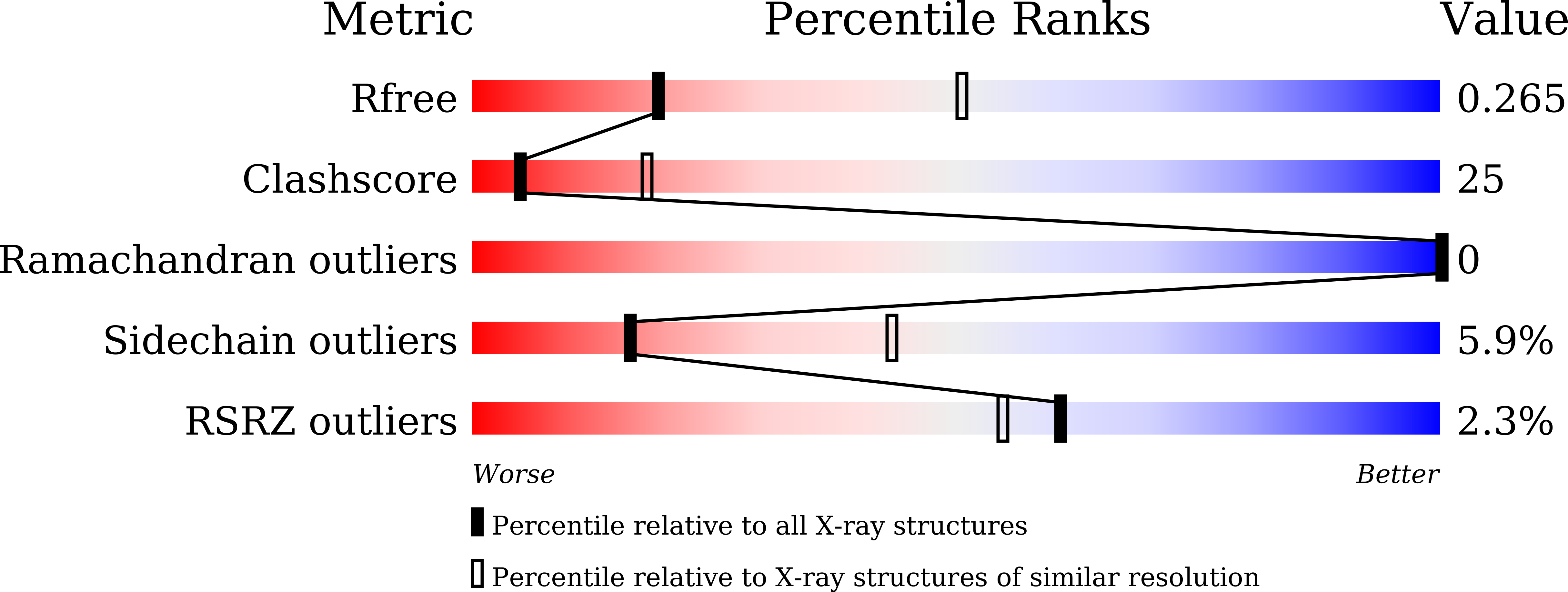
Deposition Date
2024-05-28
Release Date
2025-04-02
Last Version Date
2025-04-09
Entry Detail
PDB ID:
8ZOJ
Keywords:
Title:
The crystal structure of YegTK267A from the Nucleoside: H+ Symporter Family
Biological Source:
Source Organism:
Escherichia coli (strain K12) (Taxon ID: 83333)
Host Organism:
Method Details:
Experimental Method:
Resolution:
2.91 Å
R-Value Free:
0.26
R-Value Work:
0.24
R-Value Observed:
0.24
Space Group:
P 1


